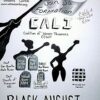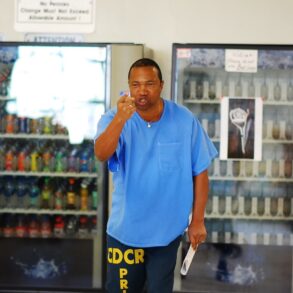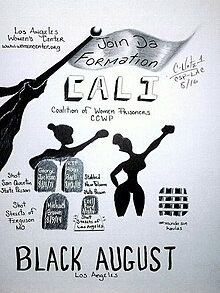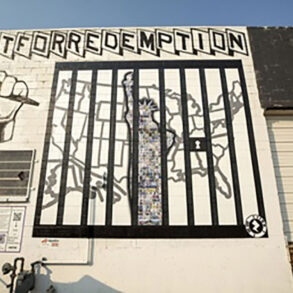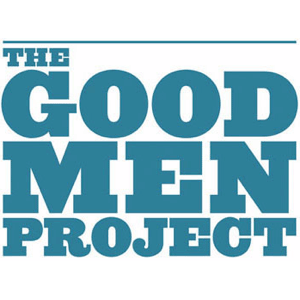
—
Make art, not war – Donald “C-Note” Hooker produced Darealprisonart and is best known for creating art, rapping, writing, and speaking up before the crowds. Knowing how it feels like to be on either side of the gun barrel, C-Note understands the perspective of being an American juvenile up for 35 years’ time in prison. Institutional biases have been making this journey tougher with Wikipedia rejecting and denying the draft on the grounds of this Prison Art being less public. Understanding the audience they carry and the cultural influence they have, this lack of inclusivity shows the need for institutional reform. Despite working with a well-renowned art historian, Dr. Nicole R. Fleetwood, C-note’s work did not get legitimacy in their eyes.
In a white non-inclusive tech-industry, C-note has been working on Prison Art with scholars who are people of color (POC) and feel strongly about the lack of inclusivity within these spaces. The work has mainly been centered on providing a voice to the marginalized communities through their art. More importantly, it aimed to gain enough momentum to be able to never get denied by Wikipedia, or even Artprice. Taking the modern civil rights movement forward, Donald C-Note Hooker uses art as a mechanism to convey the stories of victims. Especially concerned with police brutality, their special contribution is towards creating a map that indicates different places where people from the African American community were killed by police – the institute that feeds on promoting institutional racism and exacerbates black oppression.
World’s most prolific prison-artist
Being the most prolific prison artist out there in America, his work Birth of A Salesman and Mprisond is ranked in the top 30 within the United States. The justice movement based on restorative justice aims to raise awareness related to mass incarnation – something that is, unfortunately, becoming more relevant day by day with less strict gun law regulations. By becoming a prison artist, Donald believes that this instrument has made raising awareness comparatively easier and more practical. It is believed that, in order to bring out the necessary reforms needed to end mass incarnation, it is essential to use art as an effective platform to maximize the overall reach. To bring in some substantial legislative reforms, Prison Art aims to provide enough mechanisms to be able to raise funds. The reforms are centered on the introduction of prisoner reentry programs that will resultantly support those families who have a loved one in prison.
Intersectionality within prison art
Understanding the dominating number of prisoners in the United States, it has been observed that the combined prison population would constitute to become the 4th largest city there. When it comes to exploring different forms of art, Prison Art directly caters to it. With Prison Hip Hop, Paintoems, and Neo Jim Crow Art, different movements have emerged. Neo Jim Crow represents the movement having its basis on the incarnation of Afro-Americans and to “never forget” the institutional biases during that era. Extending more on the contributions towards art, C-Note has worked on various acts such as Redemption in Our State of Blues, which continued to get attention and gain support.
Prisoner art collectives
C-Note has recognized at various moments that his field of work lacks recognition due to the societal stigmatization of prisoners. The narrative that feeds onto that violence can be reached in the best way through making a connection through art. The work is directly influenced by his personal life experiences, which reflect in his art through different social justice issues aimed at raising concerns of diverse communities. This will directly contribute and take society one step closer to being anti-racist and less polarized.
- By using titles such as “Colored Girl,” a more inclusive image is directly aimed at questioning societal narrative related to minority communities. Or “Diana,” which depicts the problematic cat-calling patriarchal culture American white woman has to go through.
- Inspired by Leonardo DaVinci, “Mprisond” shows the challenges and issues thrown at women disproportionately. The art displays go on further to involve different poetry references and exhibits that help the work get more originality and authenticity.
- As far as Paintoems go, they take C-Note’s activist journey to another level by the amalgamation of public art that permits the publishers to showcase the art while also crediting the artist for it. By the comparison of the men’s and women’s prison, women artists are mostly listed as anonymous, which takes the essence away from the profession.
Being an artist, the most important thing out there is your name and your art, which needs an identity. Women artists being denied this opportunity became a major concern as these women needed so much security and simply needed to get fairly credited for the work they had been putting in effort for. Restorative Justice Coordinate, C-Note, handles such concerns by making the art accessible, especially to the vulnerable communities. Art acts as a mechanic framework for them to highlight the adverse condition of prisons resulting in prison uprisings and bad living conditions. What better way of raising awareness in the societal space than through Prison Art that helps one gain fulfillment and self-actualization through keeping the activist side of them completely engaged!
—
This content is brought to you by Shahbez Ahmed.
Photo provided by the author.
This post was originally published on this site be sure to check out more of their content



